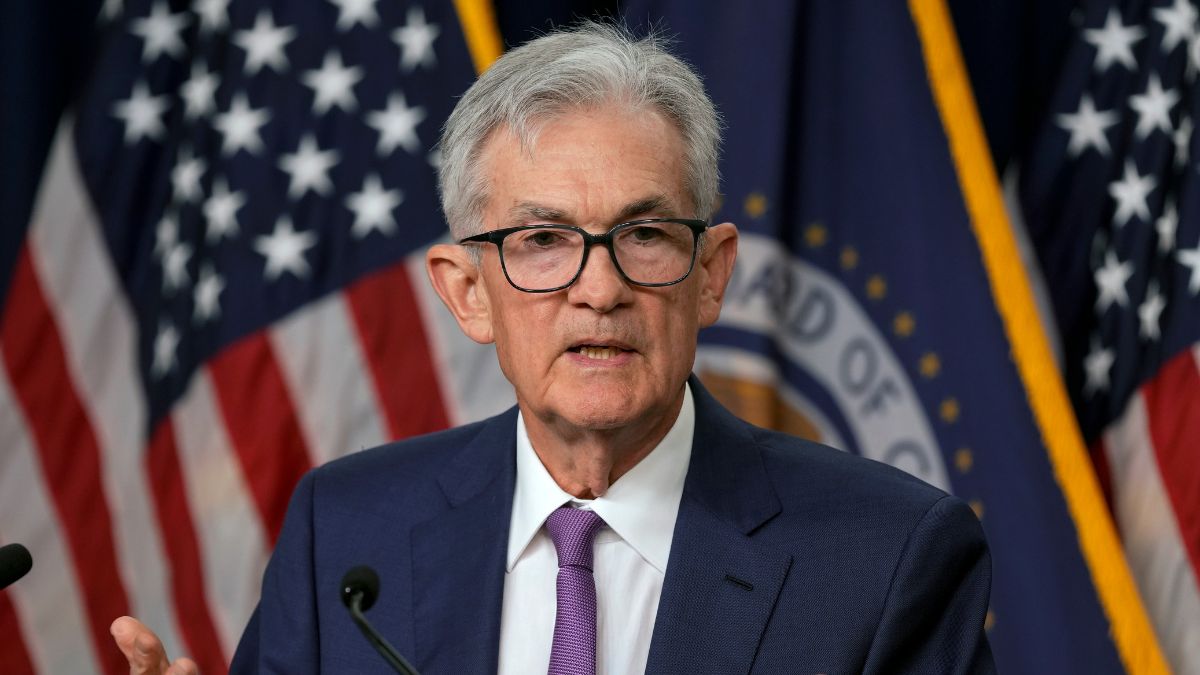

Federal Reserve Chair Jerome Powell hinted at potential interest rate cuts in the coming months, acknowledging the strain of weak jobs data and the evident impact of tariffs on prices. In a recent speech at the annual Jackson Hole, Wyoming economic forum, Powell stated that the central bank faces a challenging situation with "risks to inflation are tilted to the upside, and risks to employment to the downside". This suggests a shift in the Fed's stance since July, leaning towards a rate cut possibly as early as their September 17 meeting.
Powell's remarks come against a backdrop of a slowing labor market. The unemployment rate edged up to 4.2% in July, with total nonfarm payroll employment showing little change. While the unemployment rate remains within a narrow band, the number of people collecting unemployment benefits has risen to its highest level since November 2021, indicating a tough job market for those seeking new positions. Moreover, there's been a noticeable slowdown in hiring, with companies seemingly hesitant to expand their workforce amidst economic uncertainties.
Adding to the complexity, Powell acknowledged the "clearly visible" effects of tariffs on consumer prices. Tariffs implemented in 2025 have led to an increase in consumer prices, with an overall average effective tariff rate of 18.6%, the highest since 1933. This has translated to an average per household income loss of $2,400 in 2025. Certain sectors are disproportionately affected, with consumers facing higher prices for items like clothing and shoes. The Fed is closely monitoring the nation's inflation rate, which remains stubbornly above the central bank's 2% annual target. July saw consumer prices rise 2.7% from a year ago, and core prices, excluding food and energy, increased by 3.1%.
Powell emphasized that the Fed will "proceed carefully" and that the shifting balance of risks "may warrant adjusting our policy stance". He noted that the stability of the unemployment rate allows the Fed to evaluate jobs and inflation data as it decides whether to cut rates. The Fed's dual mandate requires it to maintain price stability and seek maximum employment. The tension between high inflation and a slowing job market presents a difficult challenge for monetary policy.
The potential rate cuts have been welcomed by Wall Street, with the S&P 500 index rising following Powell's remarks. Lower interest rates could stimulate business growth and consumer spending. However, Powell cautioned that the effects of tariffs on prices could be more lasting, which is a risk to be assessed and managed. He also suggested that policies on immigration and trade have contributed to the uncertain economic conditions. Reduced immigration may have diminished the workforce, while tariffs have contributed to the elevated inflation rate.
Powell's speech indicates a growing concern within the Federal Reserve about the dual pressures of a weakening labor market and rising inflation fueled by tariffs. The coming months will be critical as the Fed weighs its options and navigates these complex economic currents.